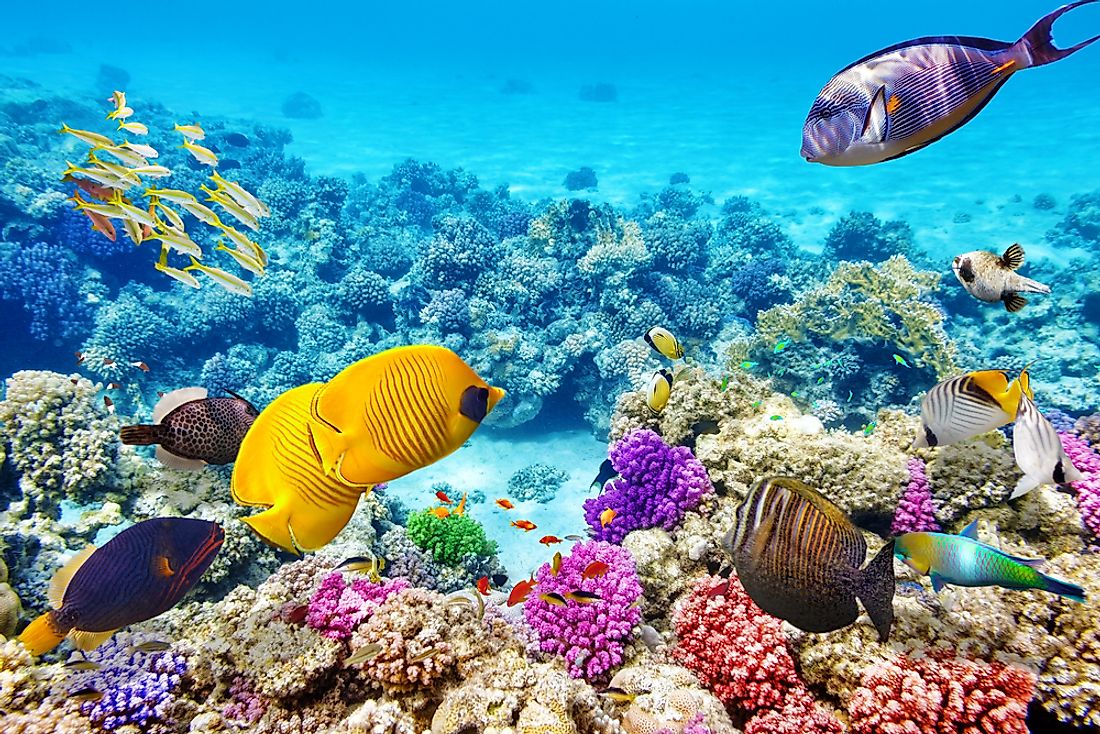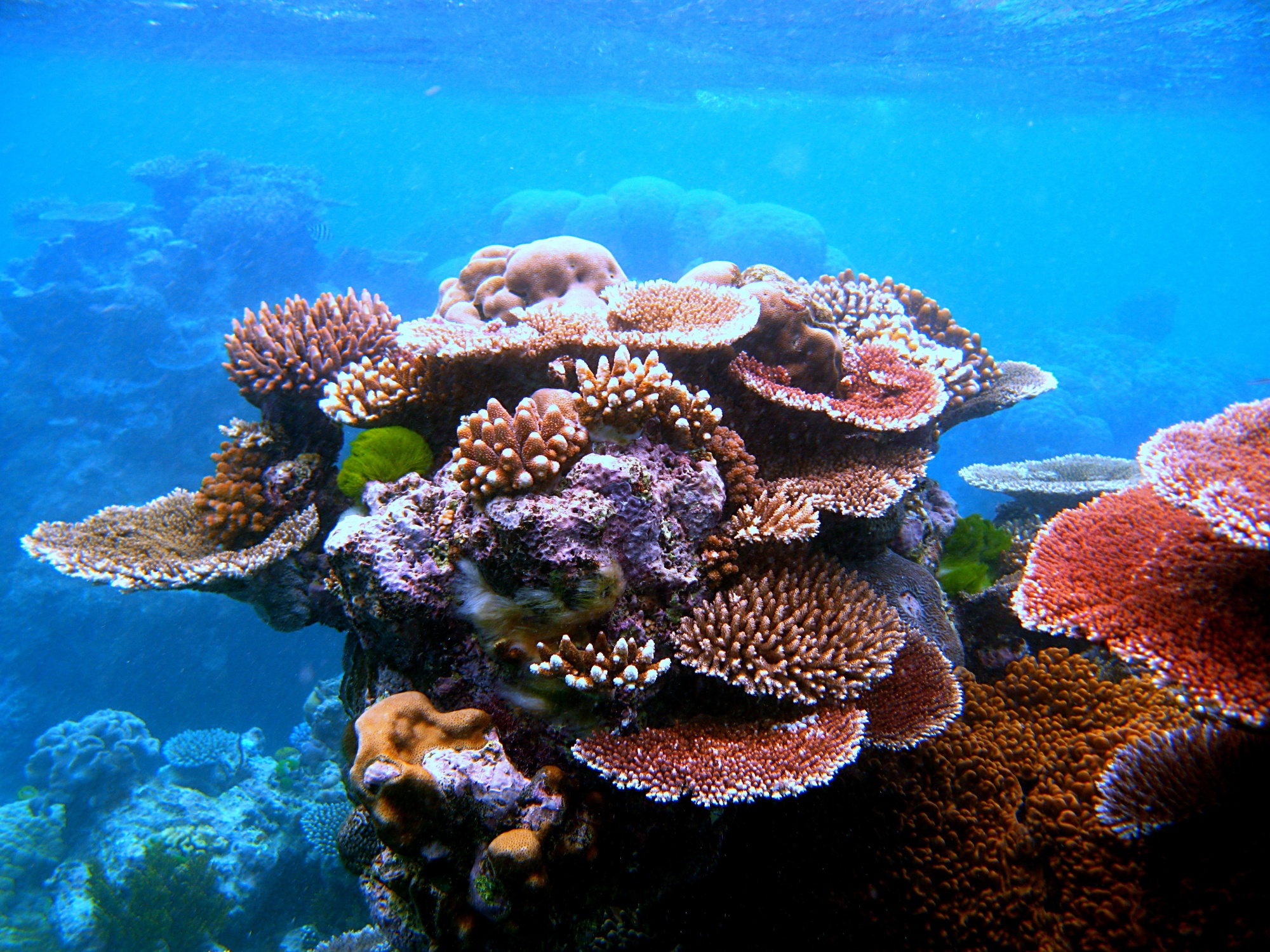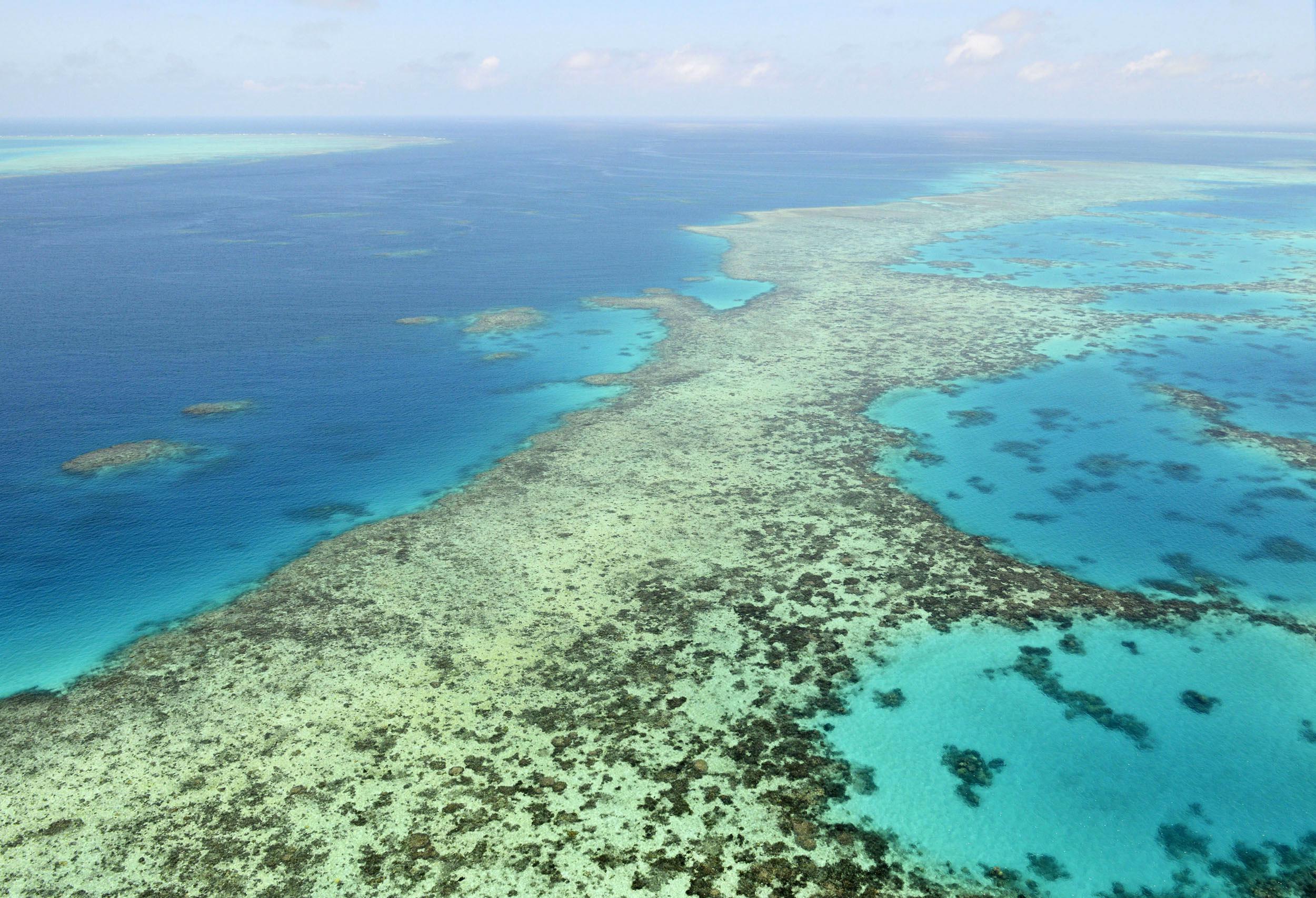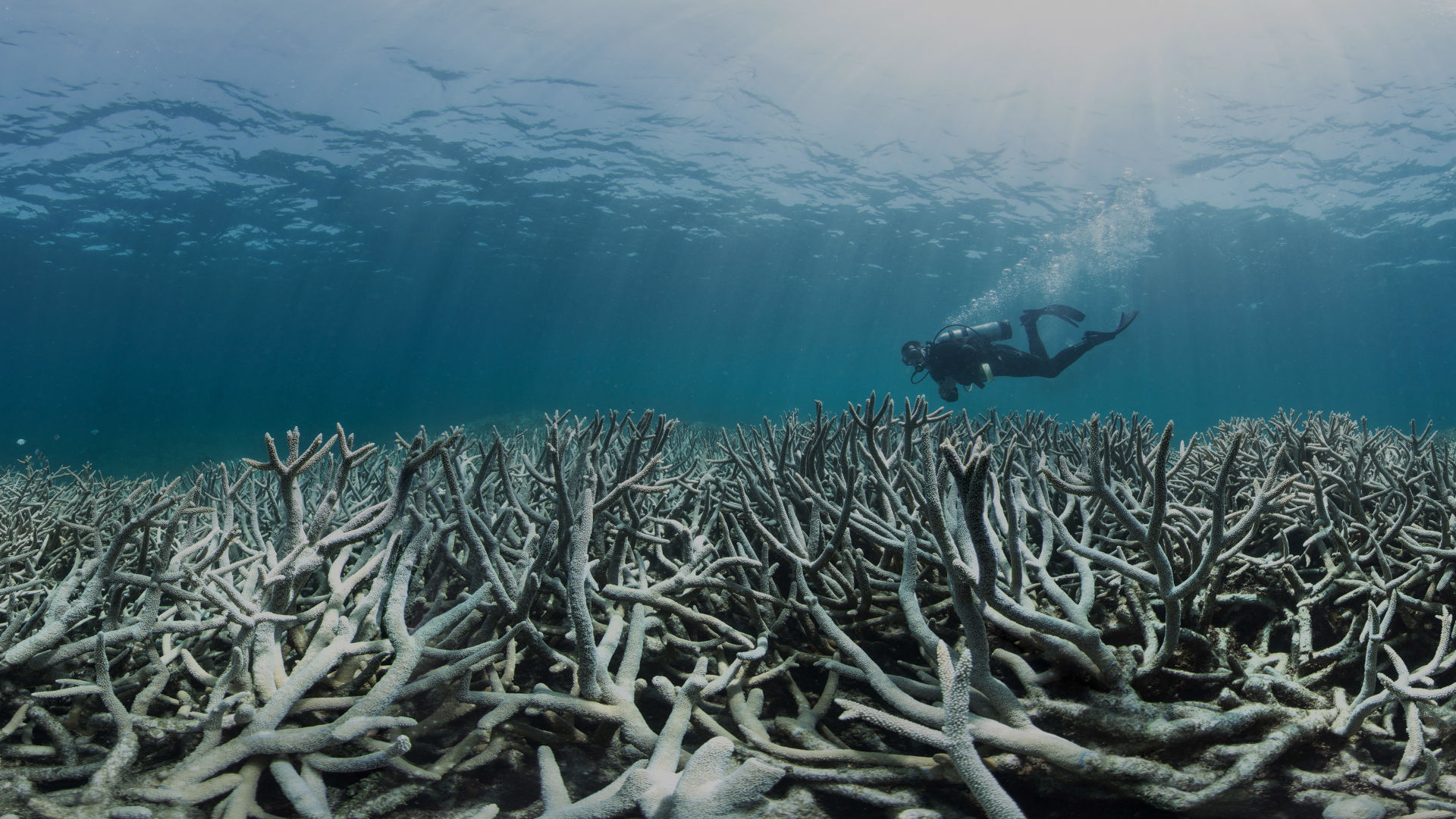The Great Barrier Reef is the world's largest coral reef system and one of the most biodiverse ecosystems on the planet. The reef is located off the northeast coast of Australia and covers an area of over 344,000 square kilometers.
The history of the Great Barrier Reef dates back thousands of years, when the reef began to form as a result of the growth of coral polyps. The reef has continued to grow and change over time, with new species of coral and other marine life evolving and adapting to the changing conditions.The Great Barrier Reef has been an important site for Indigenous Australians for thousands of years, and has played a significant role in their culture and spirituality. The reef is home to a diverse range of marine life, including over 1,500 species of fish, 30 species of whales and dolphins, and 6 species of sea turtles.The reef began to attract European explorers in the 18th century, and it was first mapped by British navigator James Cook in 1770. Over the following centuries, the Great Barrier Reef became a popular destination for tourists, divers, and fishermen, and the region developed into an important center for commercial and recreational activities.However, the reef also faced numerous threats, including overfishing, pollution, and climate change. The Australian government recognized the importance of the reef and its vulnerability to these threats, and in 1975, it established the Great Barrier Reef Marine Park, which is now a UNESCO World Heritage site.Today, the Great Barrier Reef Marine Park is managed by the Australian government, which works closely with Indigenous communities, scientists, and other stakeholders to protect the reef and promote sustainable use of its resources. The park is home to numerous conservation and research programs, which focus on monitoring the health of the reef, developing sustainable fishing practices, and reducing the impact of climate change on the region.
Despite these efforts, the Great Barrier Reef continues to face numerous challenges, including rising sea temperatures, ocean acidification, and coral bleaching. It will be important to continue to promote sustainable development and conservation efforts in the region in order to ensure the long-term health and wellbeing of this unique and valuable ecosystem.The Great Barrier Reef is a remarkable and diverse ecosystem, made up of over 2,900 individual reefs and 900 islands. The reef is home to a wide range of marine life, including 400 species of coral, 1,500 species of fish, 4,000 species of mollusks, and 200 species of birds.One of the most unique features of the Great Barrier Reef is its symbiotic relationship between coral polyps and photosynthetic algae called zooxanthellae. The coral provides a safe environment for the algae to grow, and in return, the algae provide the coral with nutrients through photosynthesis.The Great Barrier Reef has also played an important role in the culture and spirituality of Indigenous Australians for thousands of years. The reef is considered a living entity and is closely tied to the Dreamtime stories of many Indigenous communities in the region.In addition to its cultural significance, the Great Barrier Reef is also an important economic resource, generating billions of dollars each year in tourism, fishing, and other industries. However, the reef faces numerous threats, including climate change, pollution, and overfishing.
Climate change is one of the greatest threats to the Great Barrier Reef, as rising sea temperatures and ocean acidification are causing coral bleaching and other negative impacts on the ecosystem. The Australian government and other organizations are working to reduce greenhouse gas emissions and promote sustainable development in the region in order to mitigate these effects.Pollution from agricultural runoff, industrial activities, and other sources is also a major concern, as it can cause nutrient imbalances and lead to algal blooms that can smother coral and other marine life. The Australian government has implemented measures to reduce pollution in the region, including limits on fertilizer use and other practices.Overfishing is another threat to the Great Barrier Reef, as unsustainable fishing practices can damage the ecosystem and deplete fish populations. The Australian government has implemented strict regulations on fishing in the region, and is working to promote sustainable fishing practices and reduce the impact of fishing on the reef.Despite these efforts, the Great Barrier Reef continues to face numerous challenges, and it will be important to continue to promote sustainable development and conservation efforts in the region in order to ensure the long-term health and wellbeing of this unique and valuable ecosystem.The Great Barrier Reef is one of the largest and most complex marine ecosystems in the world, stretching over 2,300 kilometers along the northeastern coast of Australia. The reef is home to a diverse array of marine life, including over 1,500 species of fish, 30 species of whales and dolphins, and 6 species of sea turtles.The reef is also an important breeding and nesting ground for many species of birds, including the endangered Australian brush-turkey and the vulnerable beach stone-curlew. In addition, the reef supports a variety of commercially important fish and shellfish, including coral trout, barramundi, and mud crabs.
The Great Barrier Reef was inscribed as a UNESCO World Heritage site in 1981 in recognition of its outstanding natural beauty and ecological importance. However, the reef is facing numerous threats that are putting its future at risk.One of the most significant threats is climate change, which is causing ocean temperatures to rise and leading to coral bleaching and mortality. Coral bleaching occurs when corals expel the algae that live within them, causing them to turn white and eventually die. Since 1998, the Great Barrier Reef has experienced four major bleaching events, with the most severe event occurring in 2016 and 2017.Other threats to the Great Barrier Reef include pollution from agricultural runoff, sedimentation from coastal development, and overfishing. In recent years, the Australian government has taken steps to address these threats, including implementing measures to reduce pollution and sedimentation, increasing protections for marine species, and restricting fishing in certain areas.Despite these efforts, the Great Barrier Reef remains at risk, and many scientists and conservationists believe that urgent action is needed to address the threats facing this important ecosystem. There is ongoing research and monitoring of the reef, and many organizations and individuals are working to promote sustainable development and conservation efforts in the region.Overall, the Great Barrier Reef is an important symbol of Australia's natural heritage and a critical resource for marine biodiversity and ecological resilience. Protecting the reef will require a coordinated and sustained effort from governments, businesses, and individuals, and will be crucial for the health and wellbeing of the marine life, Indigenous communities, and local economies that depend on it.






:max_bytes(150000):strip_icc()/front-view-of-a-green-sea-turtle-swimming-towards-the-camera-as-it-glides-underwater-over-the-great-barrier-reef--1145422609-433bfa7fd2b64aadb6627007ce5b2a26.jpg)

0 Comments